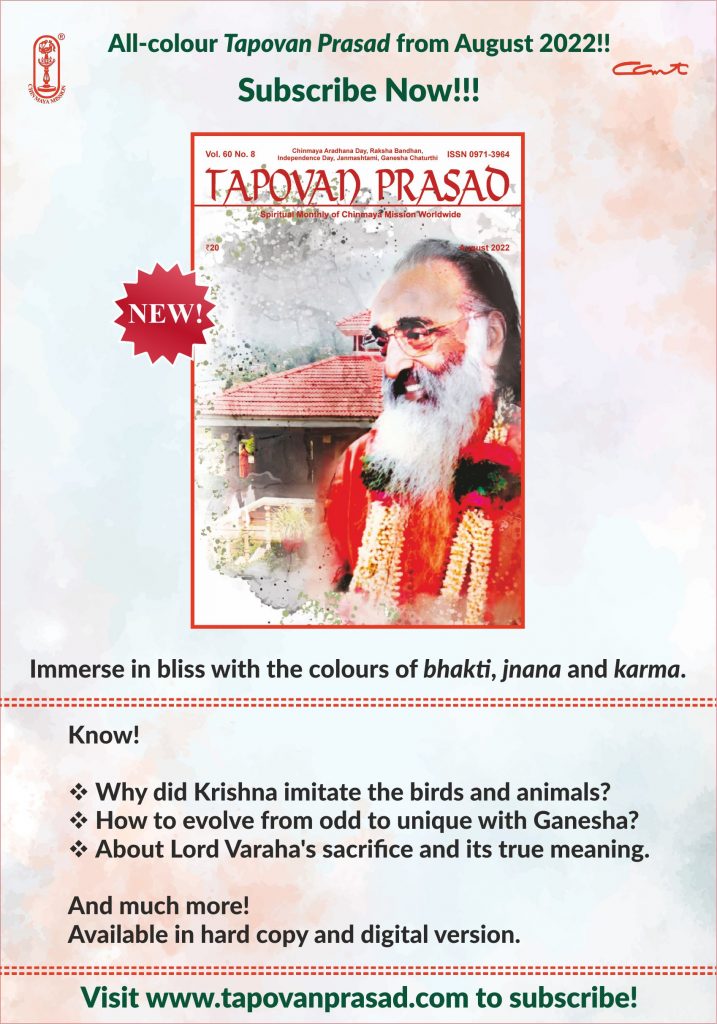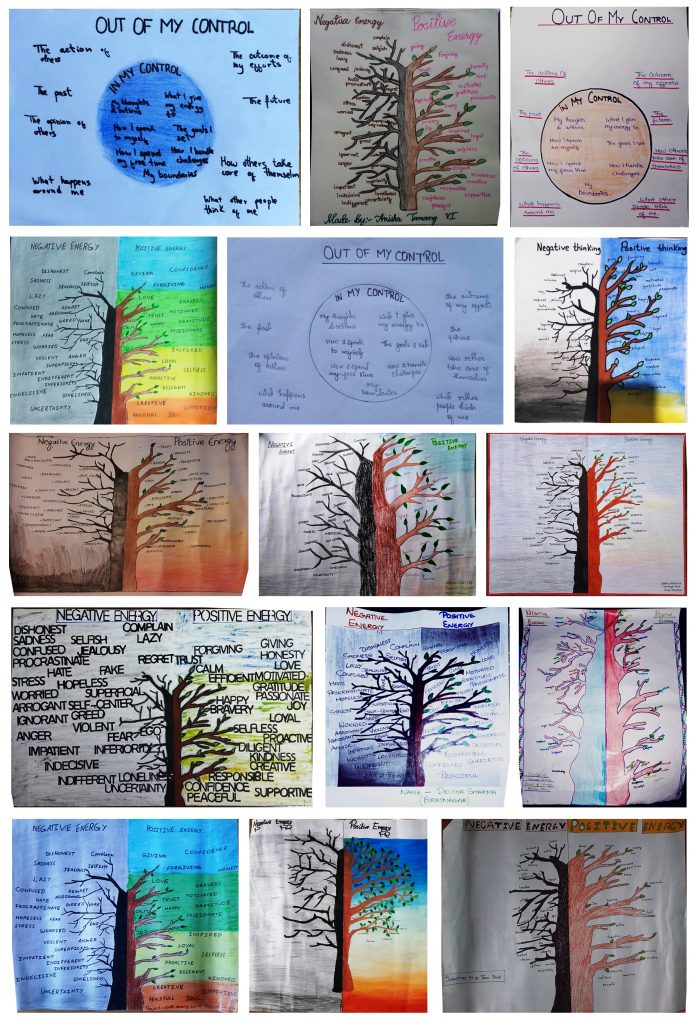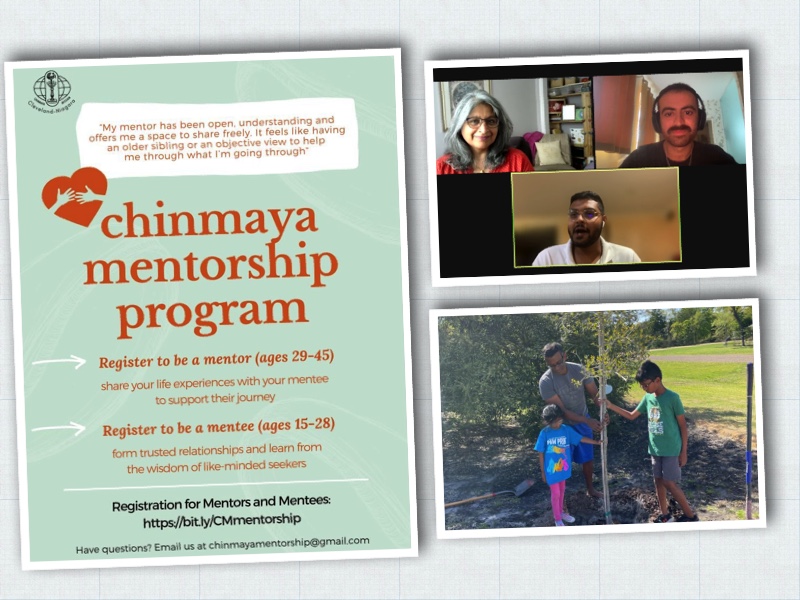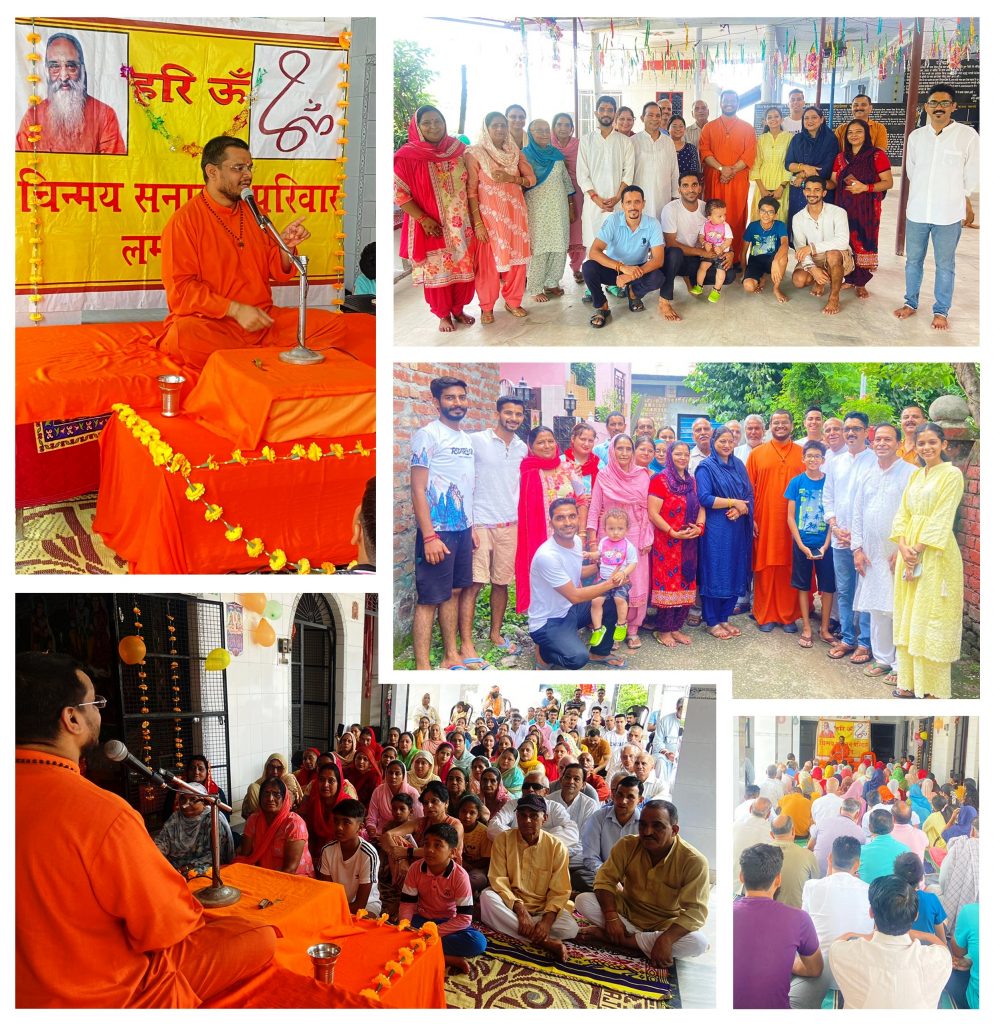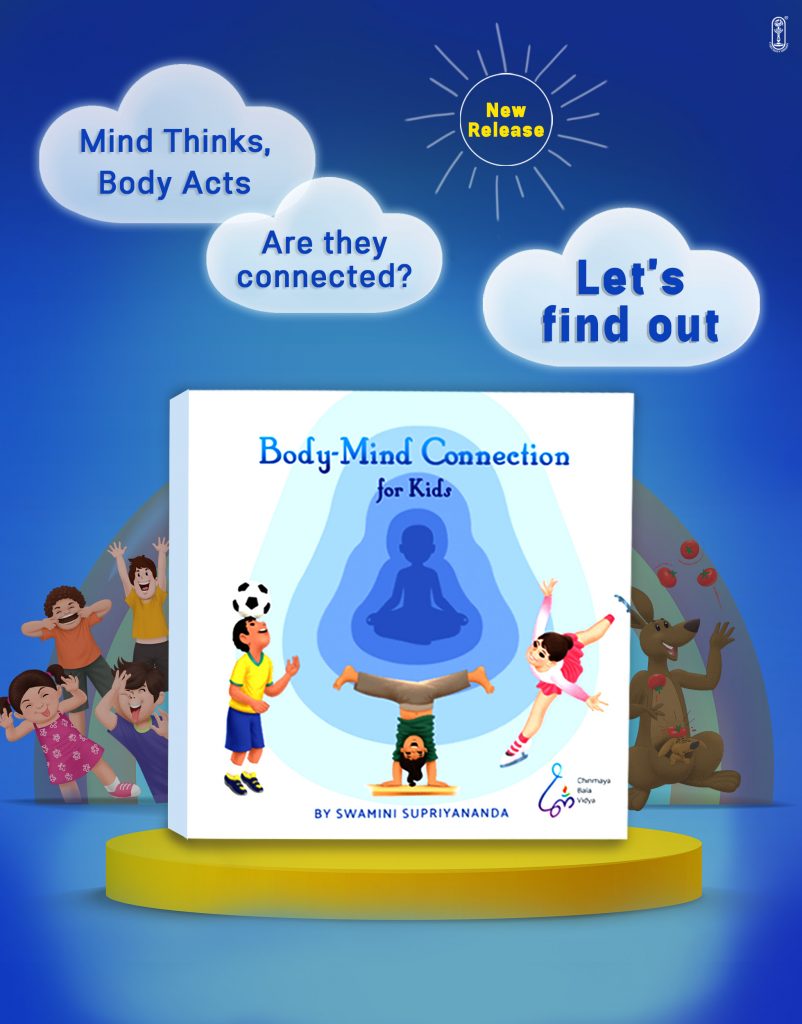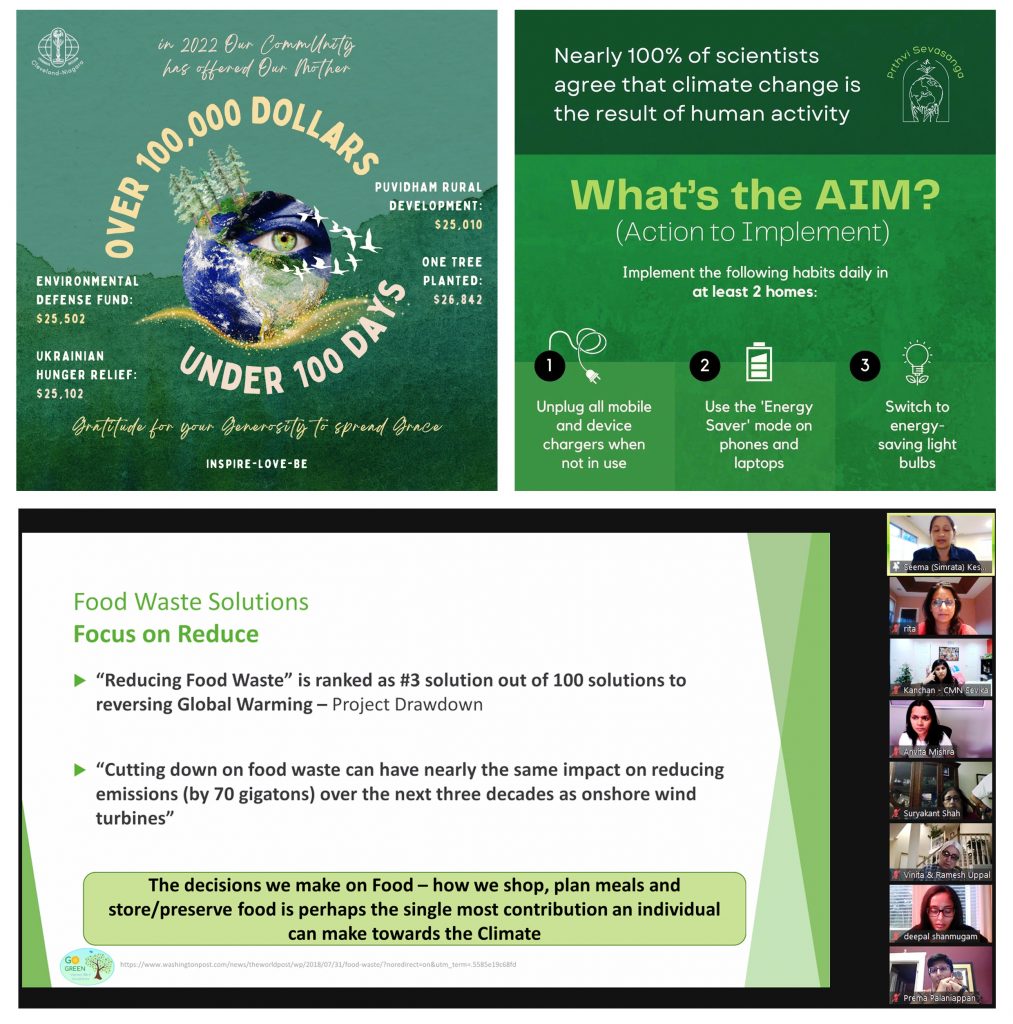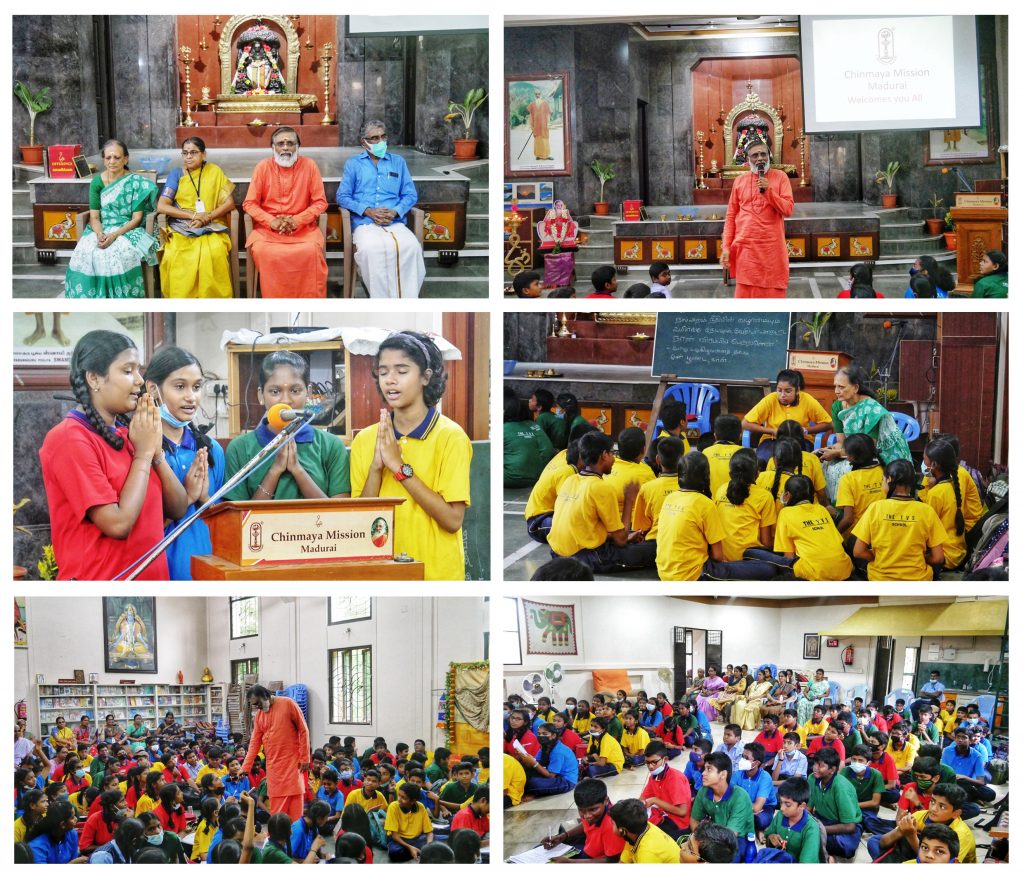We seek the spiritual path to free ourselves from the inevitable sorrows that accompany human existence. We seek permanent happiness, peace and contentment but don’t find any lasting joy in our worldly pursuits and successes. They seem to elude us like a mirage. In this context, it is the Vedas that light up various paths that lead us to discover the essence of Sat Chit Ananda.
Jnana Marg
On the jnana marg, as expounded by Adi Shakaracharya, viveka or discernment between the permanent and impermanent is required to lead us to vairagya (detachment). This purifies the mind and makes it one-pointed, qualifying it to contemplate on the Truth of the Self. A meditative and unfragmented mind discovers the Truth to be Infinite. This is also known as Bhagavan, or the Pure Consciousness within one’s own being and nature. This realization frees us from the identity we have bestowed on ourselves of being a jivatma, with seeming limitations and consequent sorrows. It is important to understand that this knowledge is present here and now, and only needs to be discovered.
The Path of Bhakti to Liberation
In the Bhakti Sutras, Narada Muni explores the path of Bhakti. What is Bhakti? Narada says ‘ato asmin param prema rupa.’ We may know love through its different forms – family, wealth, status, and so on. We have all experienced this love but it is not lasting. Hence, he says that param prema is the only love that is ever present and everlasting.
Narada does not refer to it as saguna or nirguna. He simply says asmin – that which is closest to us or already in our hearts as our own nature or rupa. Bhakti makes us realize Bhagavan as our Atma swarup. Therefore, he declares Bhakti to be amrita swarupa, where amrita is that which is never ending and experiences no change or decay. It is eternal love.
Bhakti, he says, is not just eternal but is also sweet (amrita or nectar, also means sweet) – ananda swarupa. Hence, it is of the nature of Bhagavan, as Bhagavan is amritam. And the beauty is of having found that Supreme love – param prema rupa.
Having attained this param prema bhakti, the person becomes a siddha – meaning one who has achieved his goal. In Tamil, it also means ‘the rice is ready,’ which is when the hard rice becomes soft. Similarly, when bhakti enters a hard heart, it becomes soft and kind.
A bhakta is tripto bhavati – fully content. For example, even after eating in the best restaurants, all we want is our home-cooked meals. Ultimately, it is love that gives us satisfaction.
It is atripti in tripti and tripti in aptripti. There is no end. Having savoured and enjoyed our favourite food, after a point we would say enough. However, in bhakti there is no end. It only goes on wanting more. Unlike with objects or material experiences ‘wanting more’ doesn’t lead to satisfaction, it is within the law of diminishing returns. But in bhakti, the more we give the more we are satisfied and the more satisfied we are, the more our appetite will increase. There is no question of saying, ‘Okay, enough!’
In love too, there is no end, like Radha or Meera or Andal, who were fully devoted and their devotion did not stop. This unending dissatisfaction is the satisfaction of love. In bhakti, love only increases; it does not decrease.
What is a Sure Sign that we have this Bhakti?
Bhakti ends our limitation and ego; we find oneness with all beings and live in constant love, bliss and peace. In his sutras, Narada focuses on this theme to point out the signs that express our commitment to love. To ratify his line of thought, Narada quotes Veda Vyasa, who says, “The path of love and the goal of love is love alone.” Further, he quotes the son of Parashar, who says, “Having love towards puja or service, not rituals alone, but serving Bhagavan and finding the joy of love in it, do we realize that devotion in ourselves.” When we love someone, we enjoy serving that person and others too begin to love the atmosphere.
Garg Maharishi says that bhaktas like Parakshit Maharaj find great joy in shravanam – listening to the glories of Bhagavan’s katha. In Atmarati, or revelling in tales of God’s pastimes, bhajan or puja, the joy we find within our hearts, is bhakti.
Finally, Narada says, “The sure sign of love in the heart is what is witnessed between parents and children or beloveds. Only when we can say there is love between us, can we understand God’s love, and perform every action as an offering to Him, for the sake of love alone. In such a state, if even for a minute we forget our beloved we will experience vyakulta or restlessness, just like the gopis and gopas of Vrindavan did.
One day, Radha found a gopi crying and asked, “Has that naughty Krishna troubled you?” The gopi replied, “No, I’m crying because of the troubles inflicted by my mother-in-law, and because I wasted my whole day being upset with her, instead of thinking of Krishna!”
Another day, Narada saw a gopi meditating and was compelled to ask her, “Why are you meditating?” She answered, “My mind is full of Krishna all day and I am unable to do any work, so I’m meditating to get Krishna out of my mind!” Narada Muni was stunned by this declaration – everyone meditates to hold Bhagavan in the mind for a minute, and this gopi could not get Him out from her mind even for a minute!
Narada saw that whatever the gopis, did was for Krishna. They woke up in the morning and chanted His name. Throughout the day, whatever they did, it was to the chant of “Krishna Krishna!” In return, He declared, “I shall manifest myself for the love of these gopis who have surrendered themselves completely to me.” It was their love that made him steal butter from their homes. Such is the love of a bhakta.
Bhakti is Sadhana and the Goal
In Vivekachudamani, Adi Shankaracharya says, “Knowledge is undoubtedly necessary, but of all the paths to liberation, bhakti alone stands supreme.” The glory of bhakti is that the seeker does not have to go to Bhagavan; instead, Bhagavan comes running to him. And if knowledge is necessary for the devotee, Bhagavan imparts it. Therefore, bhakti is both the sadhana and the goal (Self Knowledge).
What we call jnana or knowledge is that which reveals the Oneness that leads us to love all as ourselves; as Bhagavan. It is only when we love like this, that we get the knowledge that we are all indeed one.
The highest form of love is when this jiva or ego is completely offered to the Beloved; when the Beloved and individual are separate no more. Narada says only then does a devotee become tripta amrito bhavati. Bhagavan is amrita swaroopa – Eternal, Blissful. Bhakti is also amrita swaroopa. So, the devotee who gets this bhakti becomes amrita swaroopa. This leads to the understanding that Bhagavan, bhakti and bhakta are indeed all one.
Swami Swaroopananda
Global Head, Chinmaya Mission
